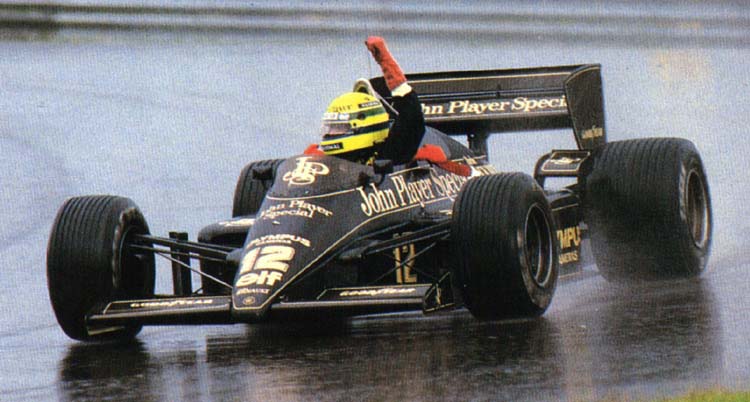It's the exit plume of the jets in the center pillar ( what bhallg2k calls vent 2).hardingfv32 wrote: What exactly is the FloViz indicating in the center of the bottom of the main element (wedge shape)?
Is this indicating a lack of flow or increased flow inside the wedge region?
It indicates that the normal circular flow around the wing is disturbed in this region.
in simpler words the flow viz which gets applied to the leading edge of the wing is "blown off" in this area
by the flow exiting the jets/slots (vent 2)
As for the diffuser question, but bhallg2k is the man to answer this, if I understand his line of thought, he would need
some sort of velocity dependent discharge rate through Vent 1, to keep the pressure inside the plenum (volume under the engine cover) constant ( or better as close to constant as is possible).
With an defined exit area (vent 1 & vent 2) you cannot compensate for the increase in flow rate coming in via the "ears", with increasing car speed, so after some point, you will build up pressure in the plenum, and the pressure will increase with car speed. (this explanation assumes that you discharge into ambient pressure, that the pressure on the other sides of the vents is constant, independent from car speed).
If you find a way to modify the pressure into which the vents discharge, you are able to affect the flow rate through the vents and thereby the pressure built up in the plenum.
I guess, this is where the diffuser enters the picture.
otherwise, you would need to alter the inlet or exit area of the ducts in relation to car speed, but I think the FIA would not like this solution too much.

